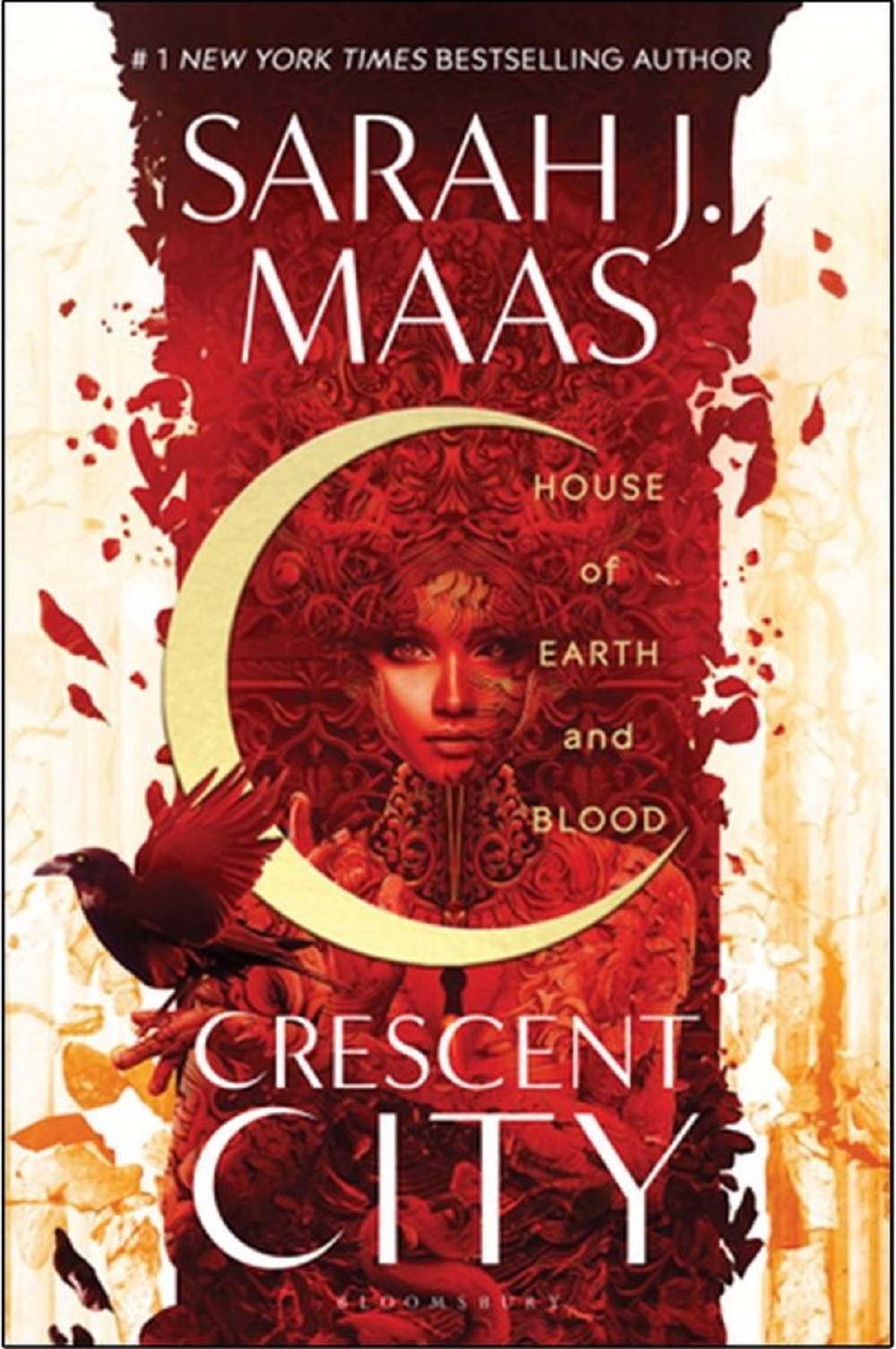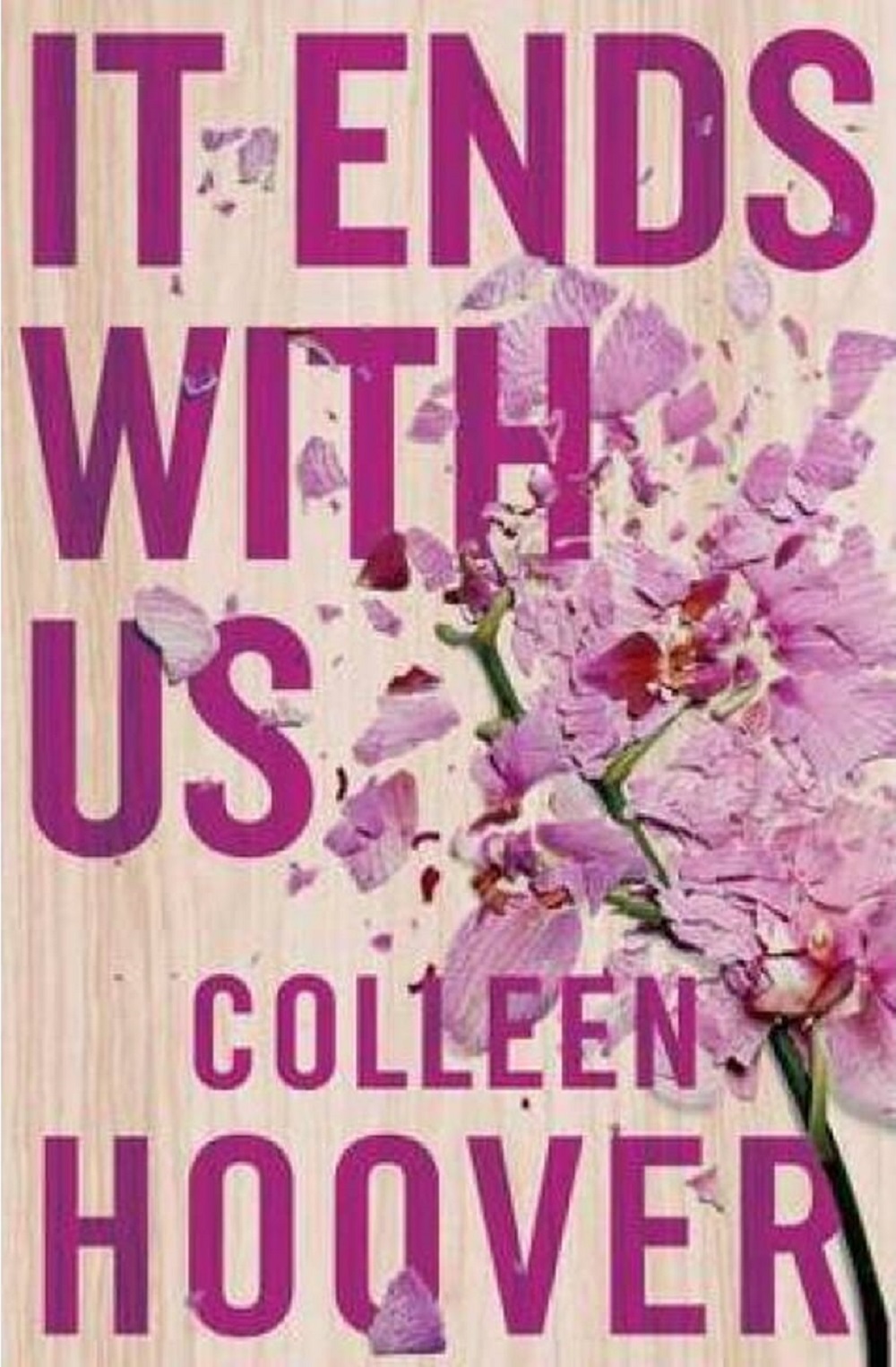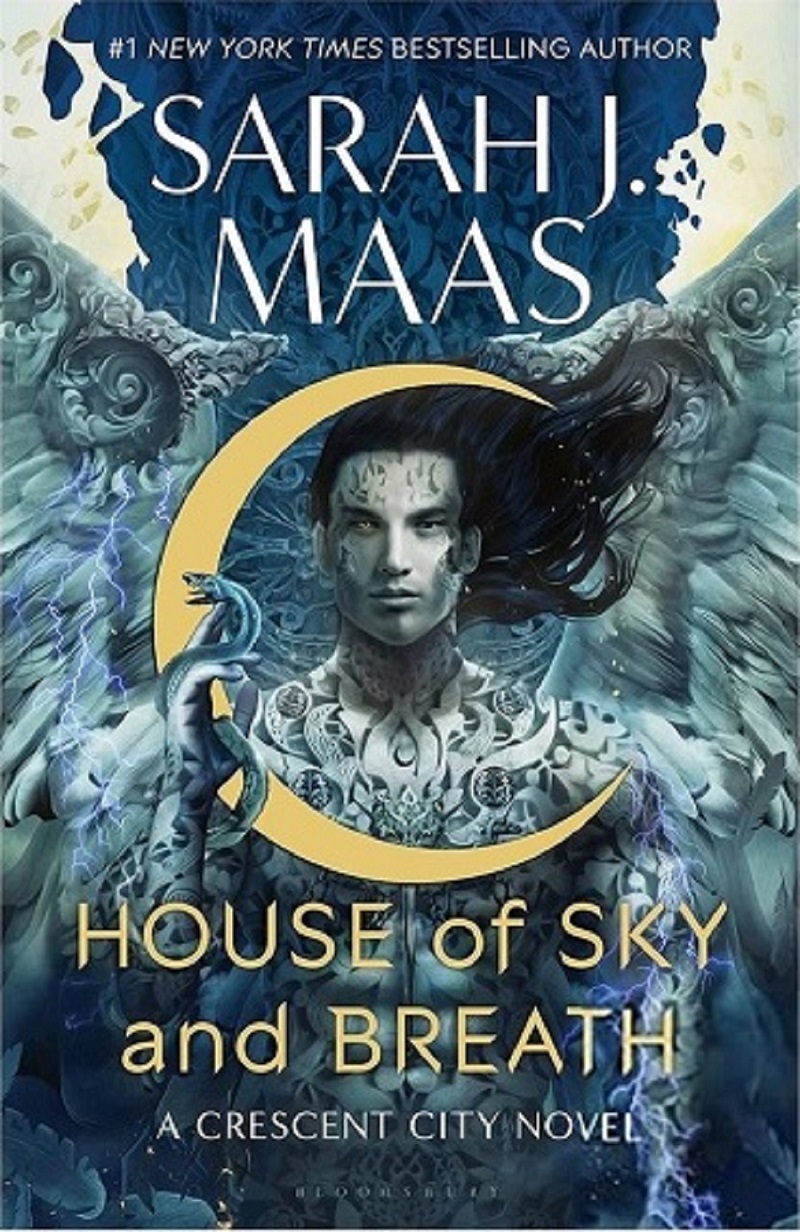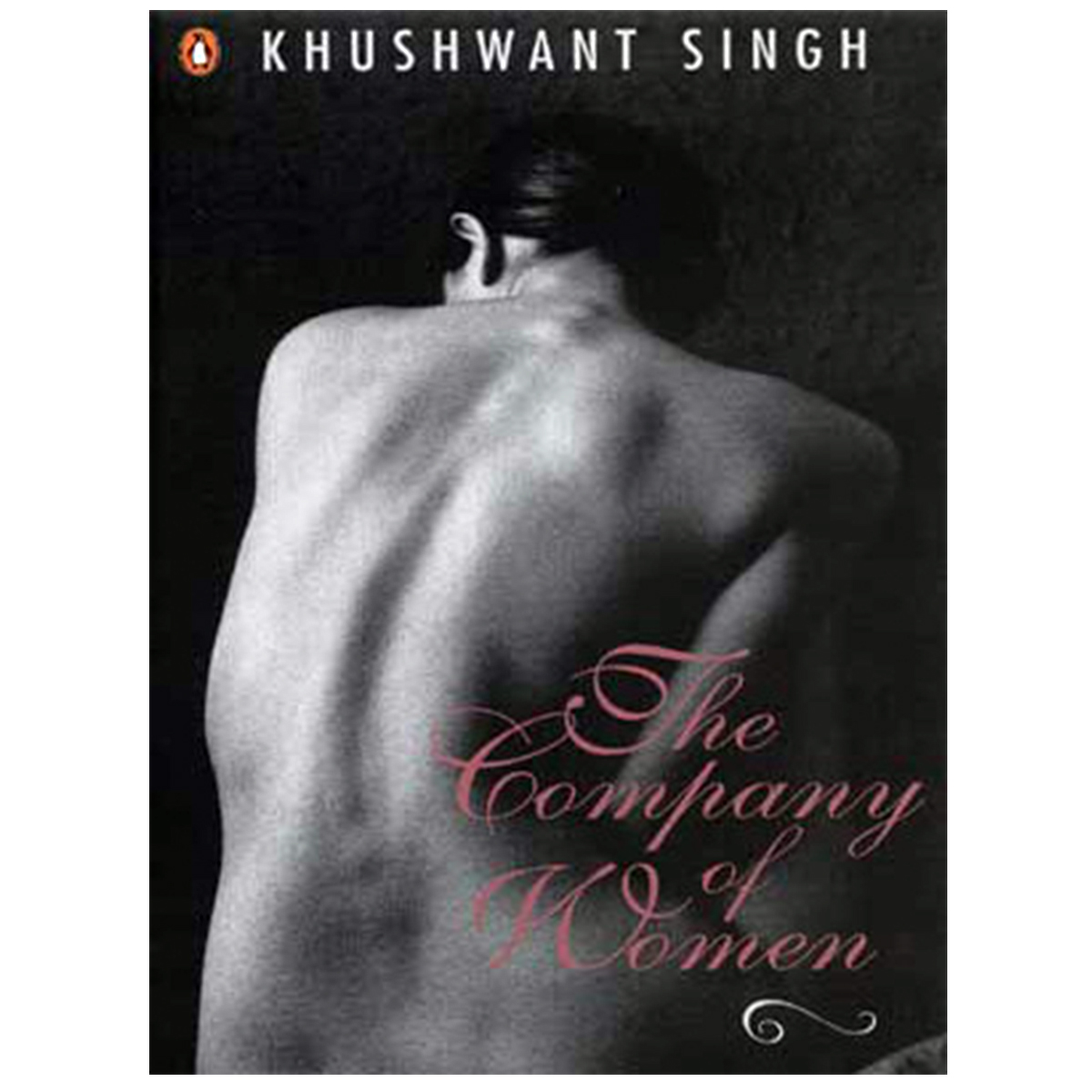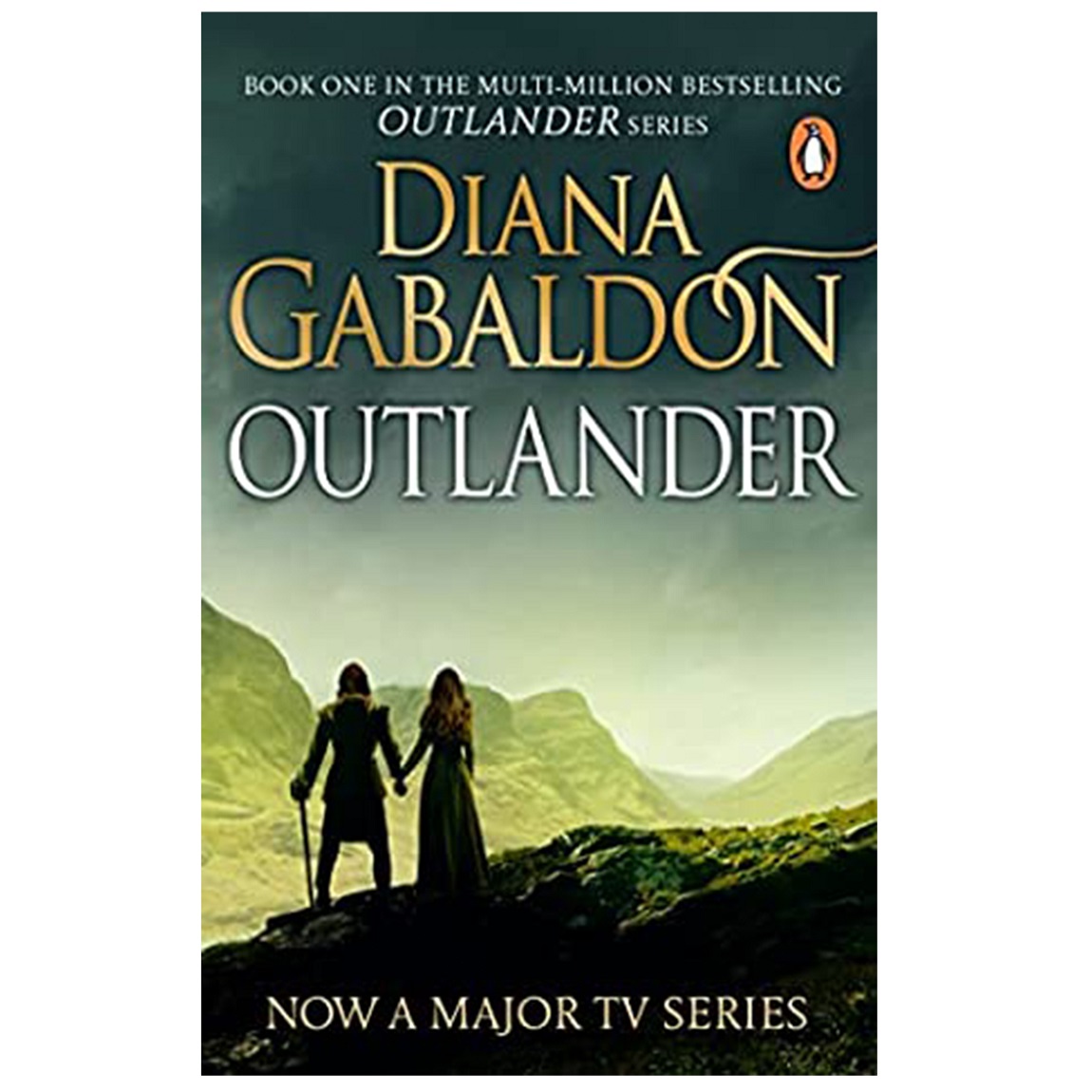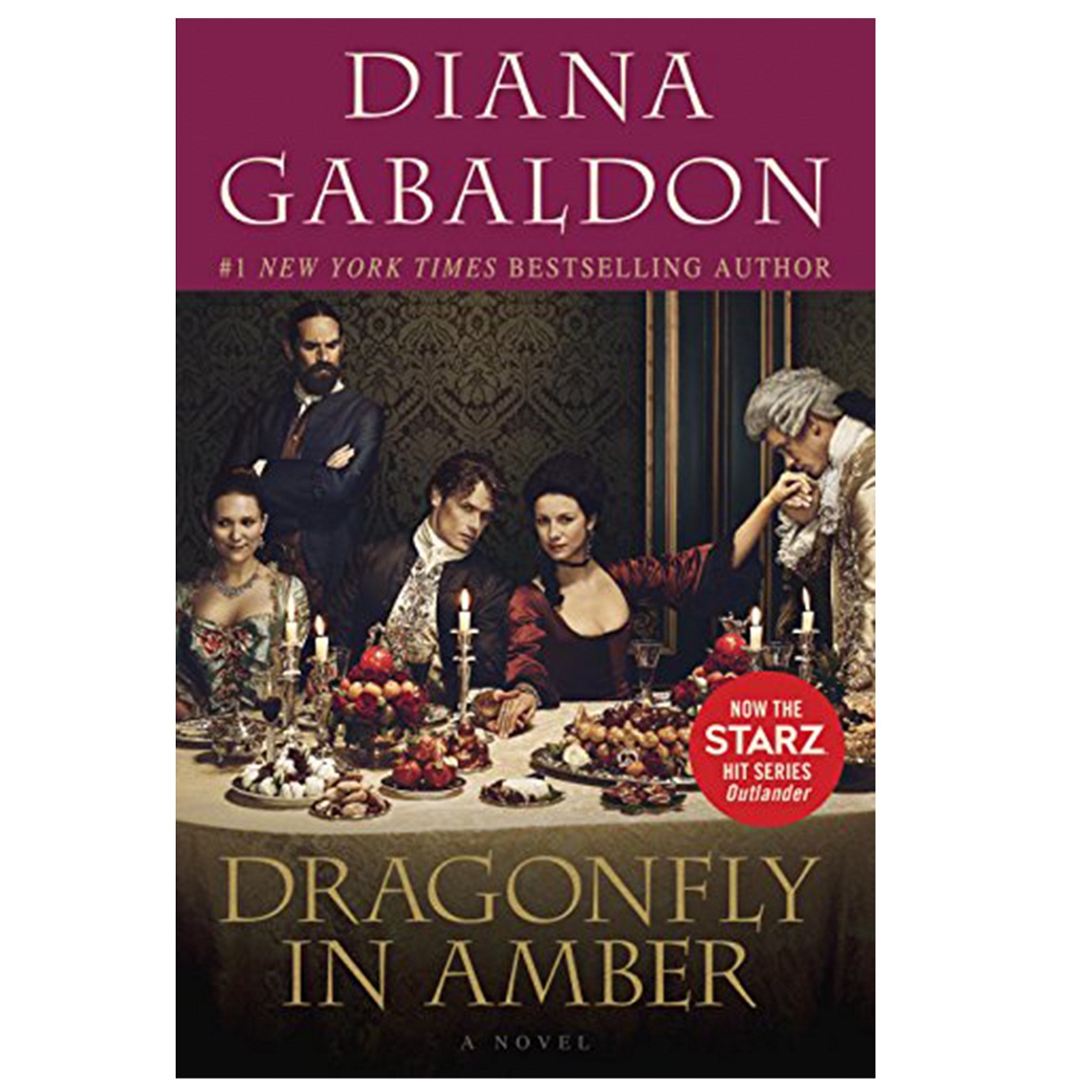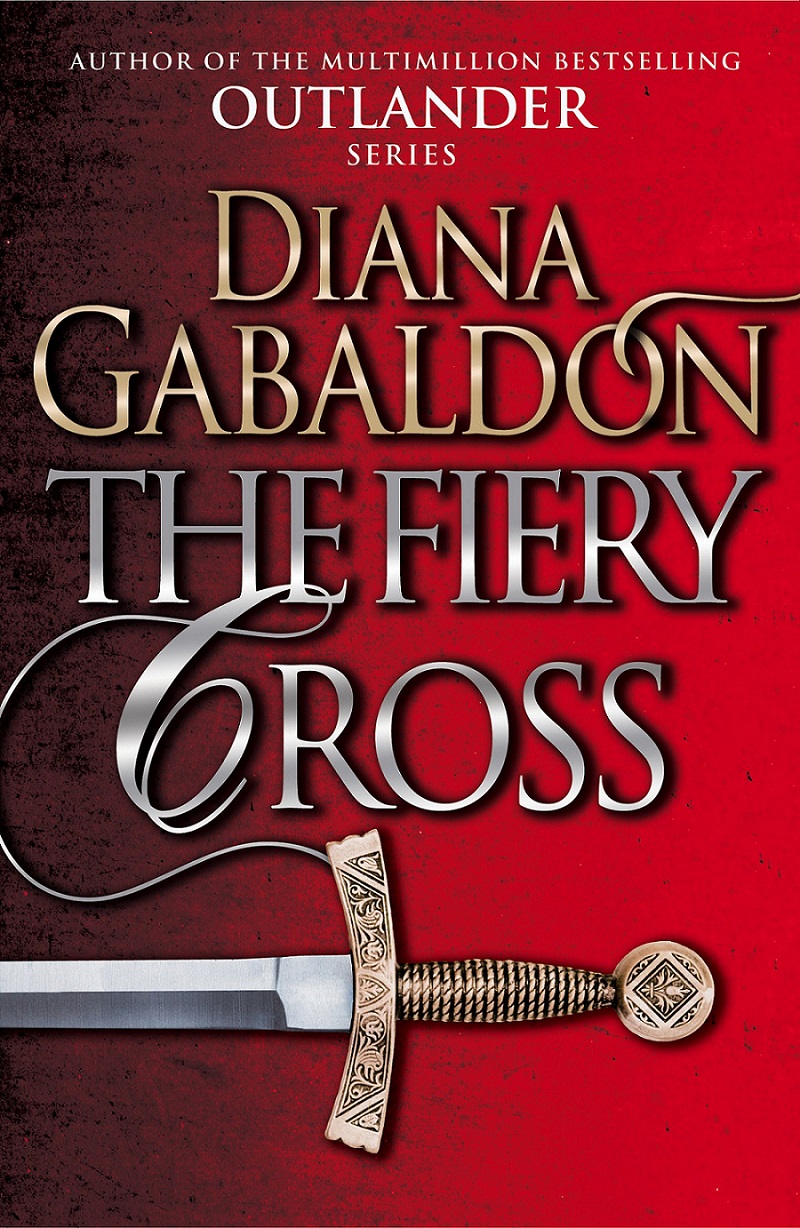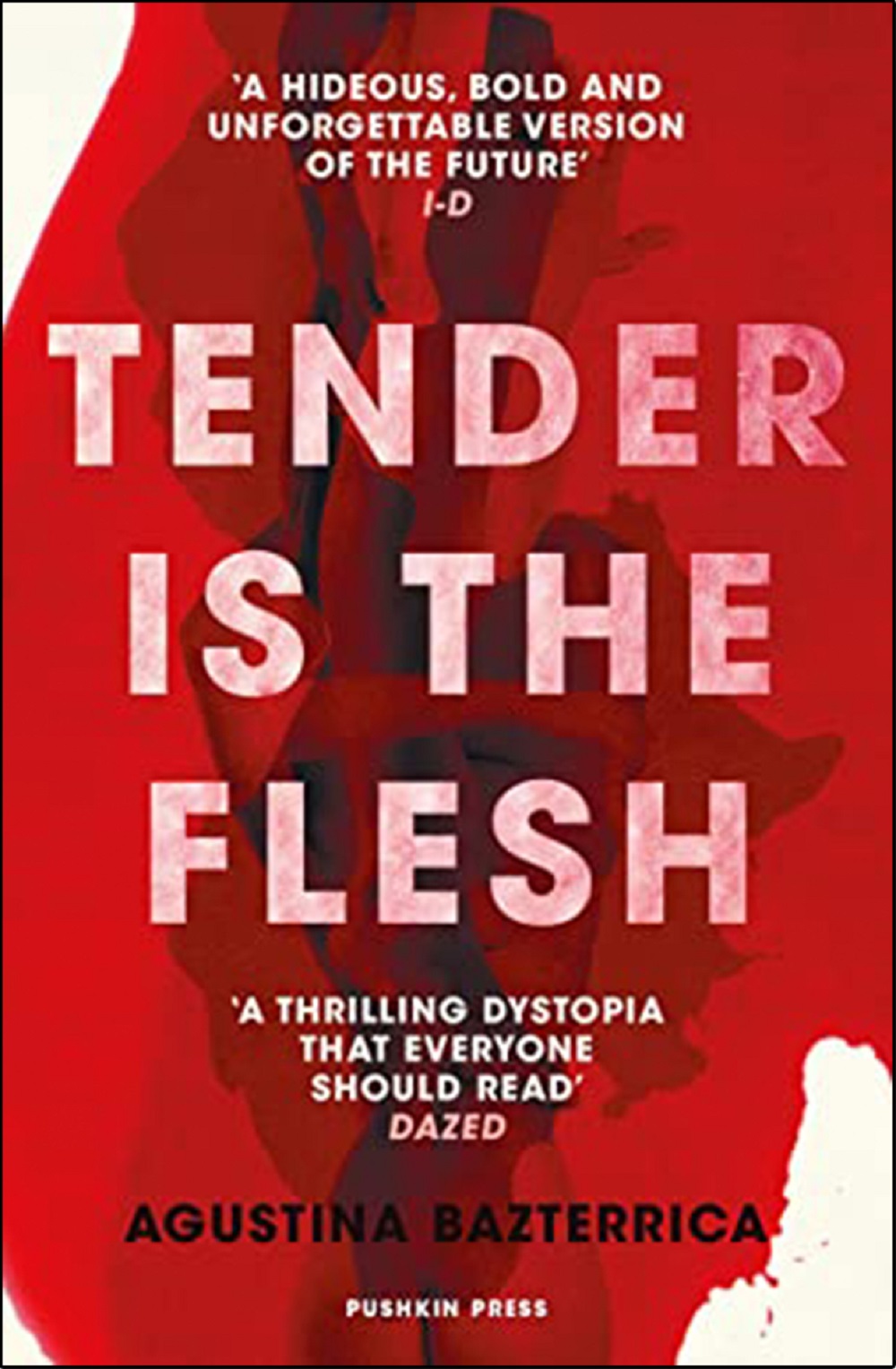The book is a textual and visual representation of Kathmandu Valley, weaving discourses on festivals, narratives and performances during August, September and October, which are intense months of festivals. The book deals with urbanism and its relation to myth and religion, reconciliation of the opposites, agrarian and post-human consciousness, and the philosophical mind of the city and its people. The relationship between the city and religion allows Kathmandu Valley to hold an energetic potential to represent art in an urban setting.
This potential makes itself visible in the interaction of people of the valley with deities through performances, art, and reverence towards plants, animals and multiple natural objects. The people also celebrate the self as a part of the community. These interactions give way to a system of thought that drives the religio-mythical discourse in Kathmandu Valley and perpetuates the interpretation of the past in the present.

